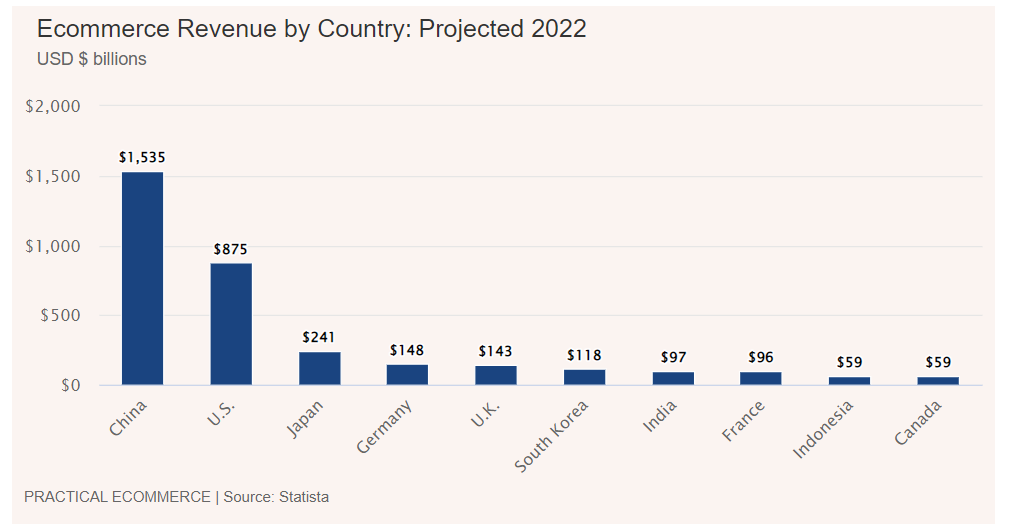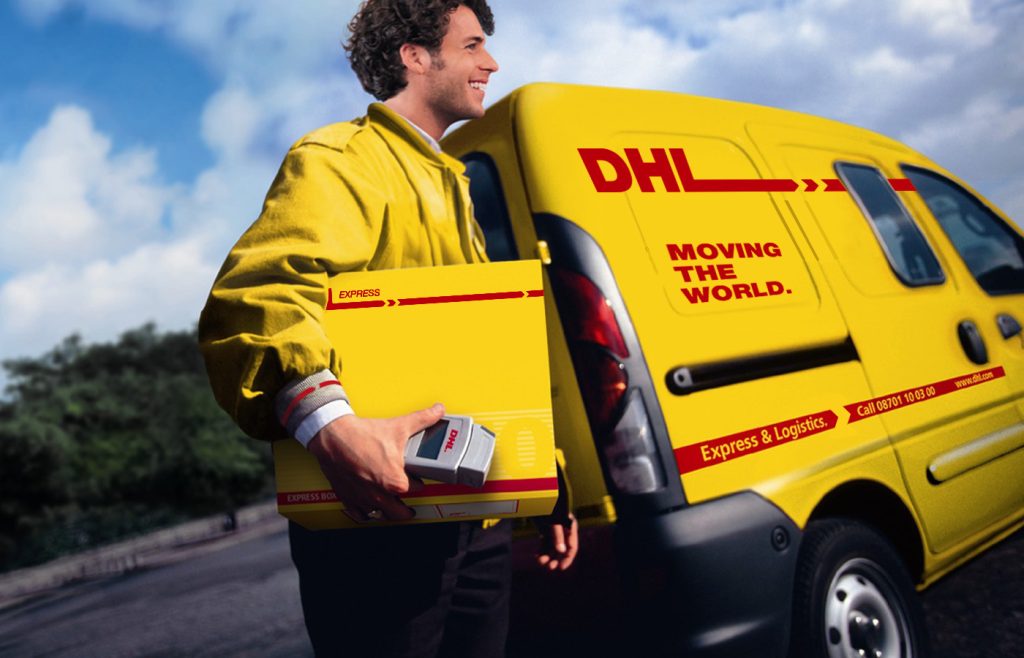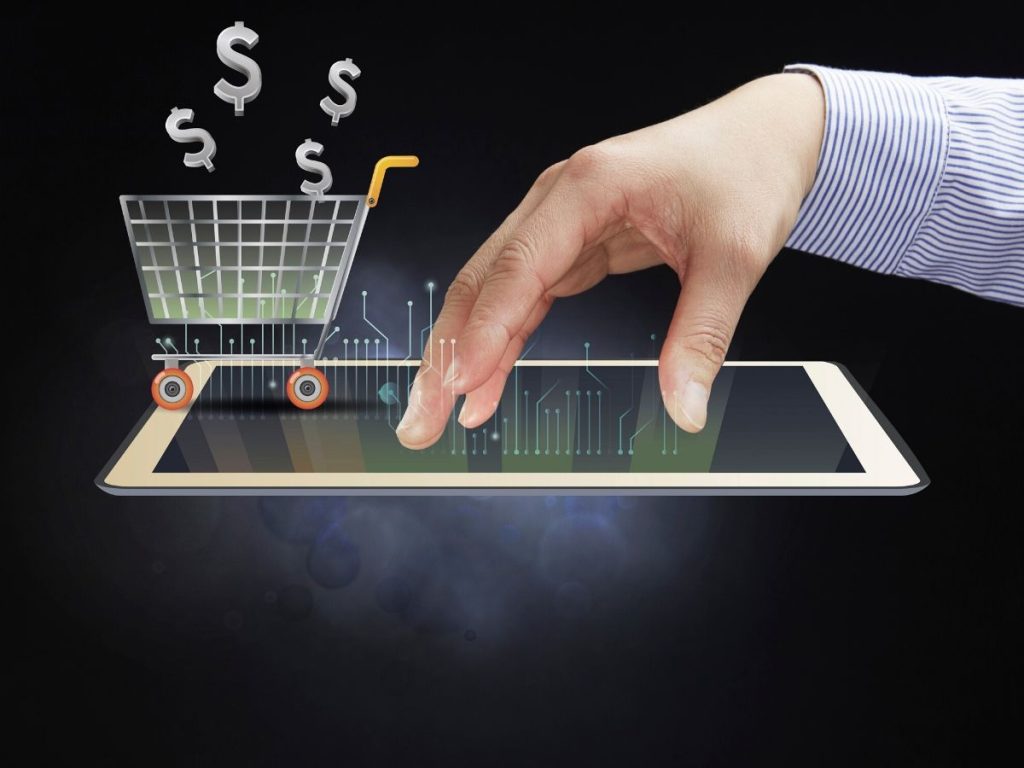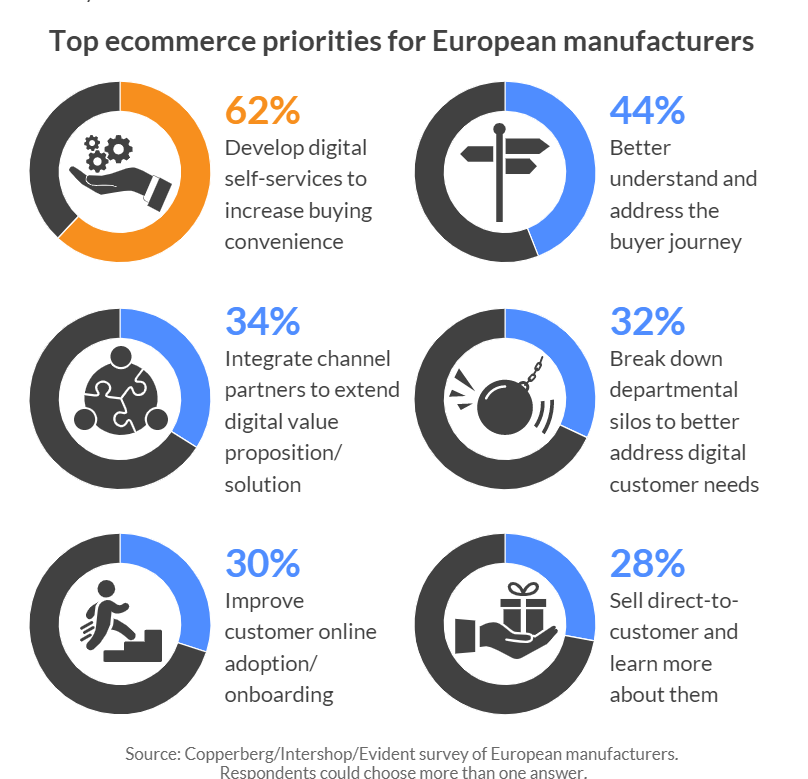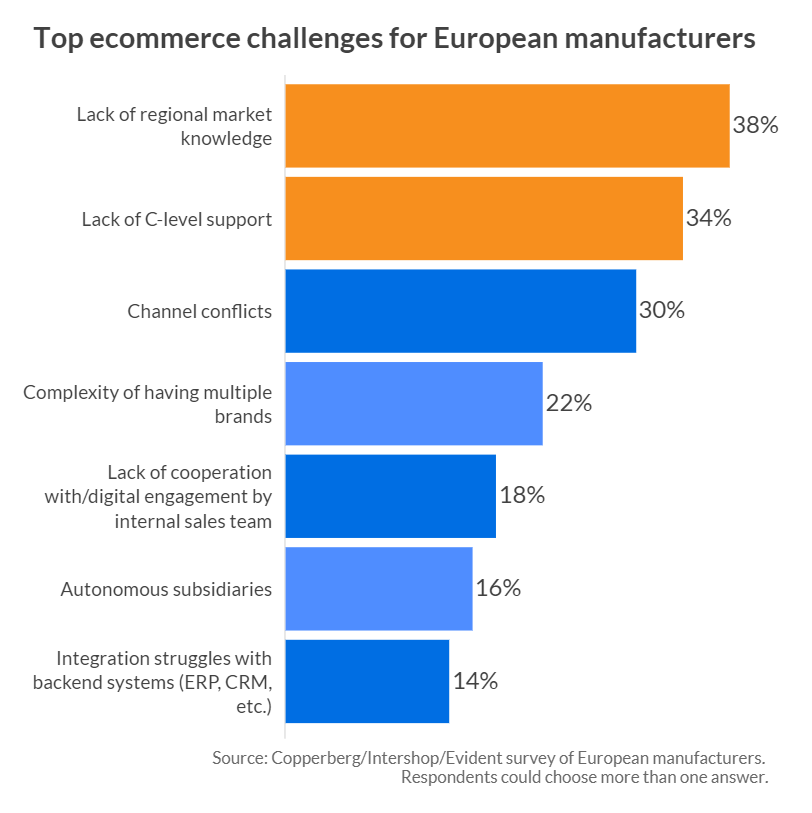
The $103 billion Tata Group rolled out its long-awaited all-in-one ecommerce app allowing users to buy everything from apparel to airline tickets. The sprawling Indian conglomerate is competing for a piece of the fiercely competitive sector currently dominated by Amazon.com Inc., Walmart Inc. and Reliance Industries Ltd.
Tata Neu, Mumbai-based Tata Digital Pvt.’s digital services platform went live to consumers on Thursday. According to the group’s website, this “super app” has been in development since at least mid-2020 and it is “a single platform that brings together multiple brands in the Tata universe like never before.” It will comprise the company’s own brands such as Croma, Westside, AirAsia India, the Taj chain of luxury hotels, BigBasket, watch maker Titan, jewelry brand Tanishq and automaker Tata Motors Ltd thus gathering all its brands into one powerful app.
The 154-year-old Tata group, which makes luxury cars, trucks, air conditioners, smart watches, tea besides operating luxury hotels, airlines, utilities, department stores and the local Starbucks Corp. franchise, wants to leverage the diversity of its products and services to lure buyers in a country of almost 1.4 billion people, who are increasingly shopping online.
India’s e-retail segment is expected to be worth as much as $140 billion by March 2026, Bain & Co. estimates, and is the only large consumer market still open to foreign companies, making it a prize fight for global and local retail firms.
Pratik Pal, chief executive officer at Tata Digital, which developed Tata Neu, has helped with digital transformation at some of the world’s largest retail chains including Walmart, Tesco Plc, Target Corp., Best Buy Co. and Marks & Spencer Group Plc.
The all-in-one app also has a loyalty program for retaining customers. Each brand on Tata Neu is “connected by a common reward called NeuCoins, which can be earned across all brands online and at physical locations and can be used similarly as well,” according to the website.
Tata Neu is expected to give more firepower to the Indian conglomerate against entrenched rivals such as Amazon, billionaire Mukesh Ambani’s Reliance and Walmart-owned Flipkart. Tata Group, founded by Jamsetji Tata in 1868, that has 29 companies across ten sectors across steel, automobiles, technology, consumer retail, infrastructure, financial services, trading, defense, travel and tourism.




